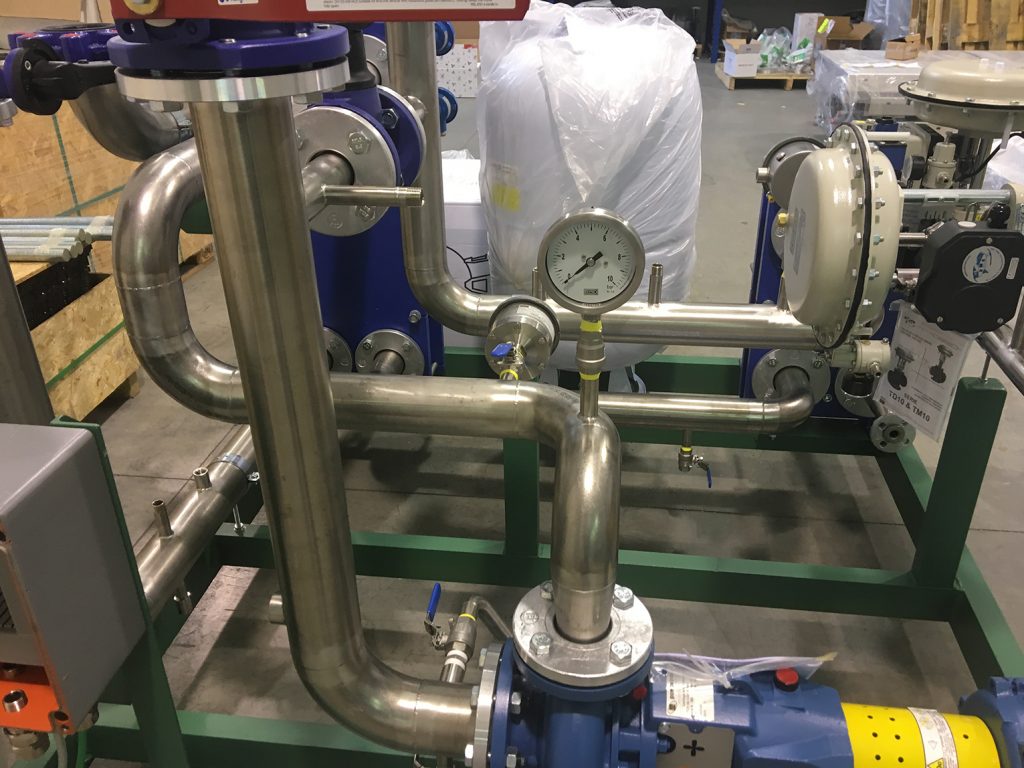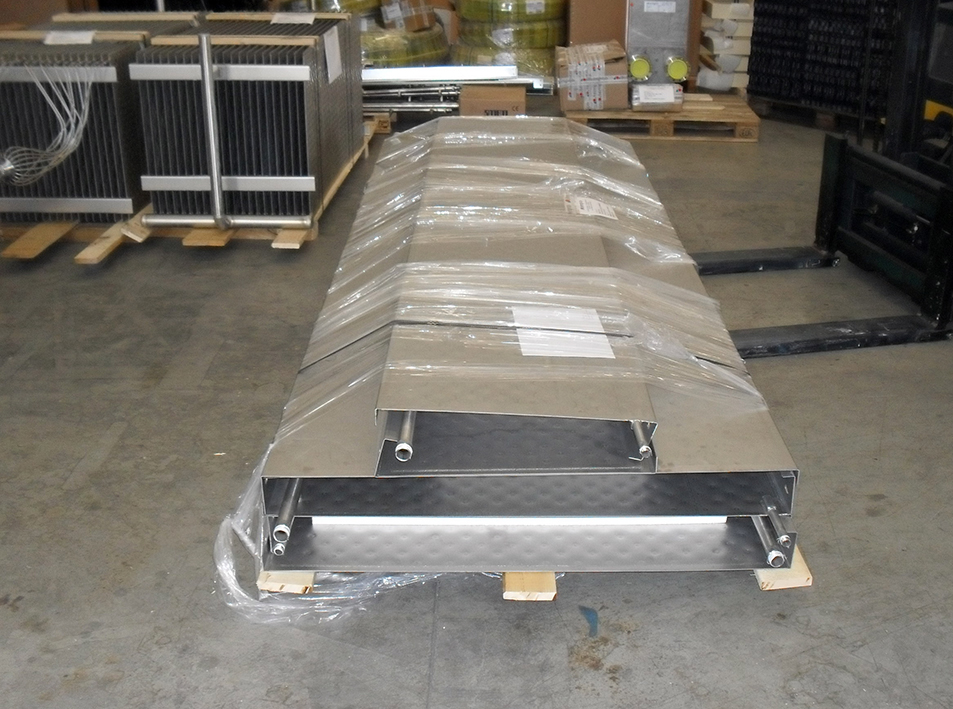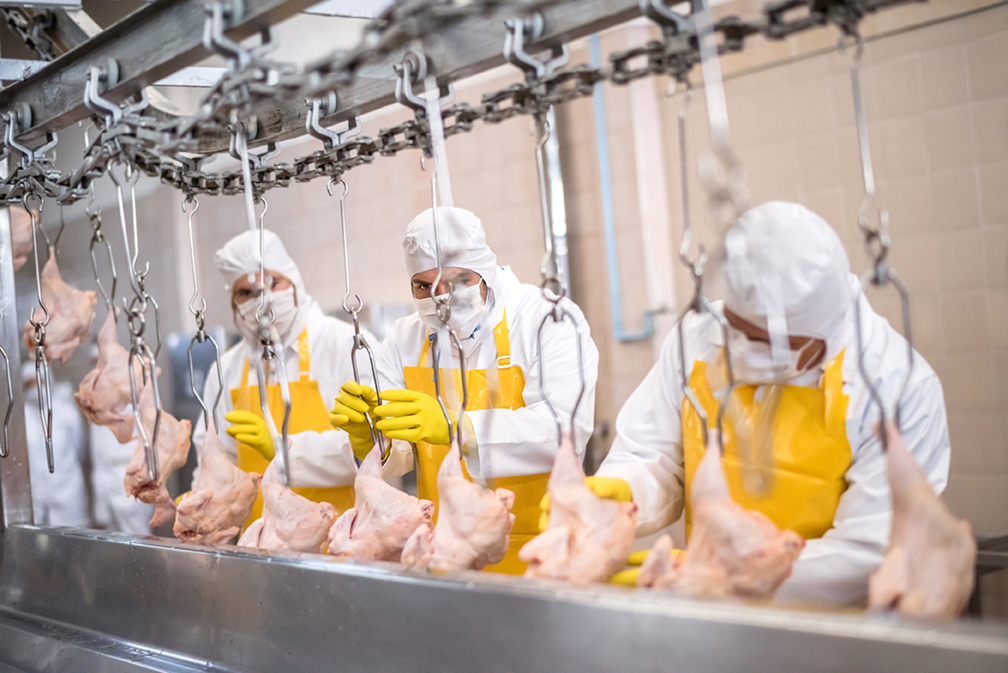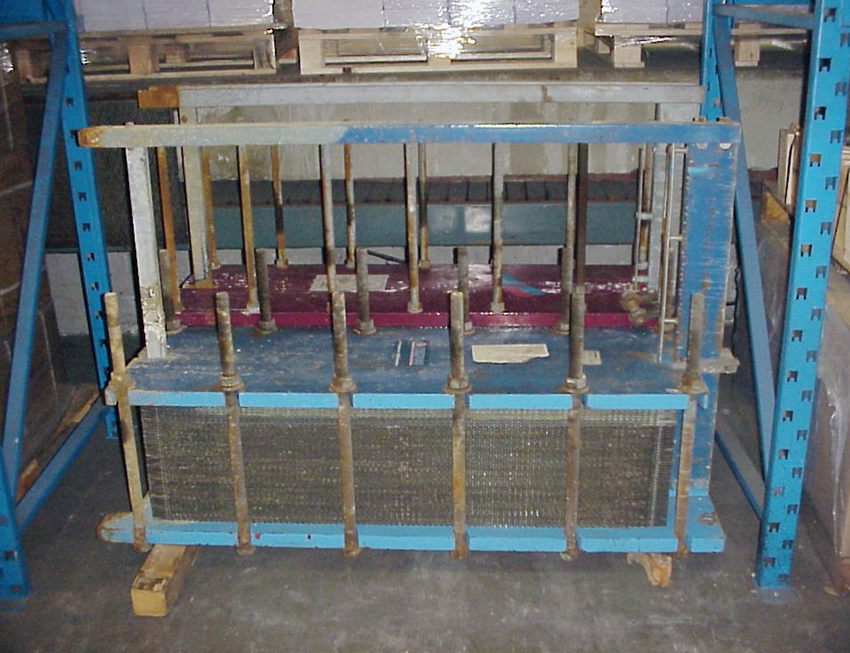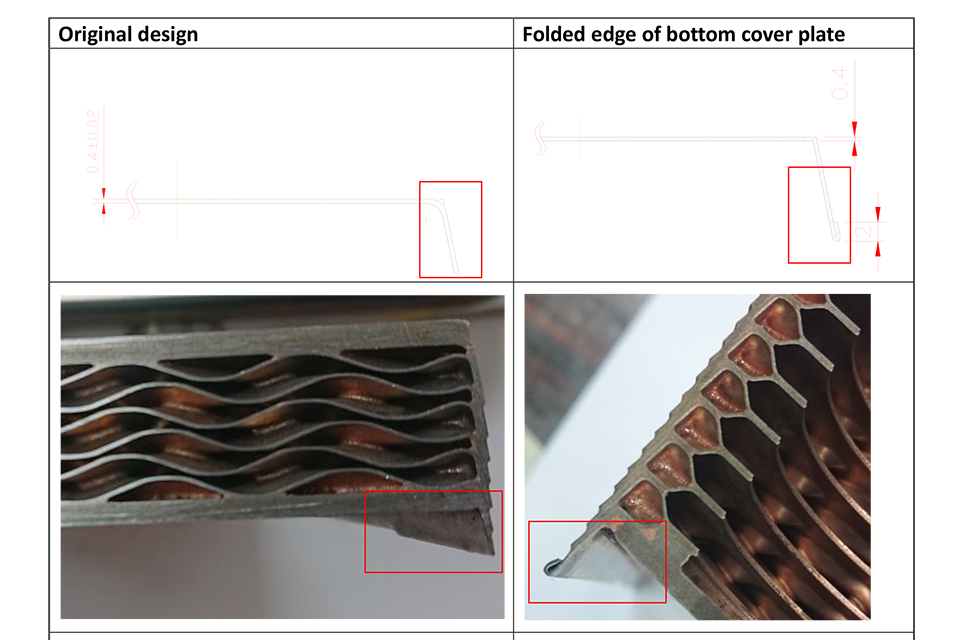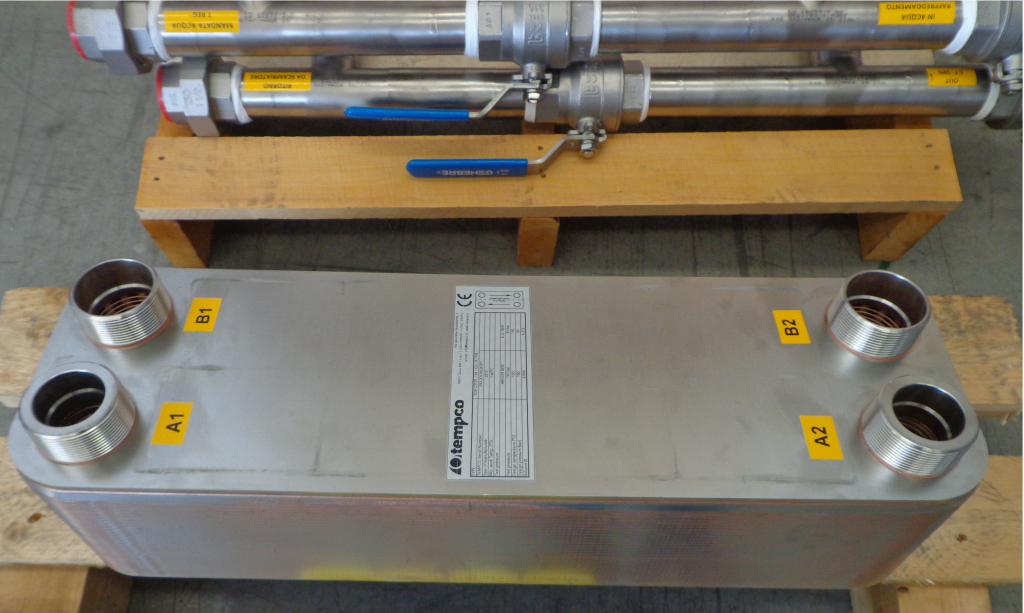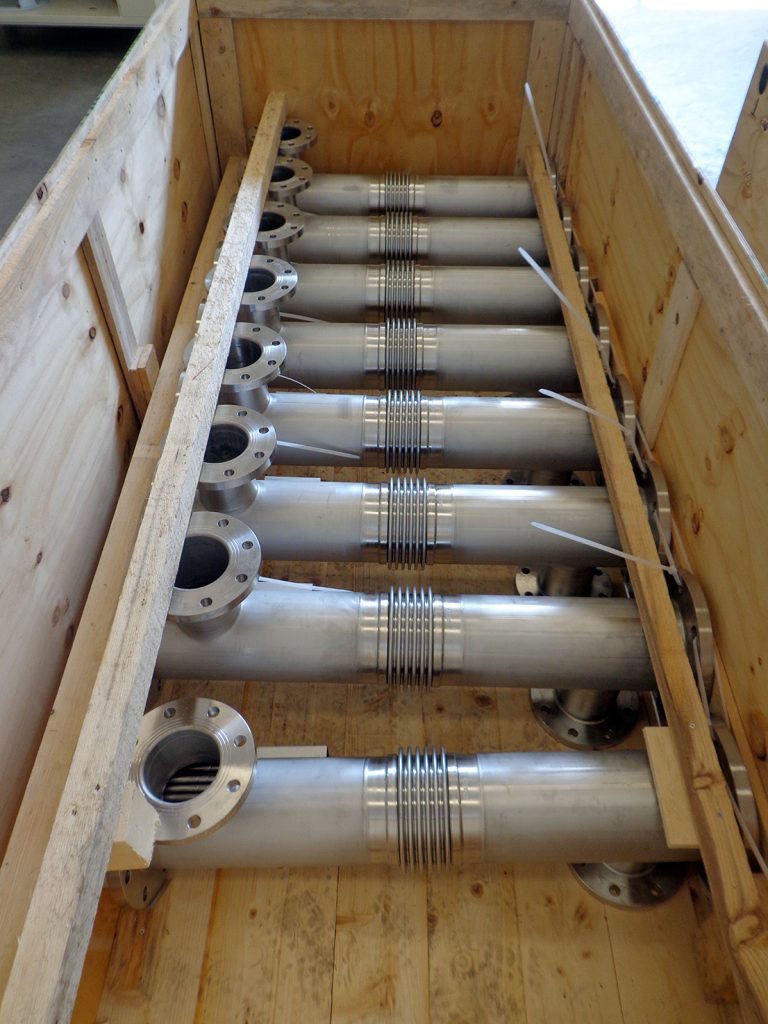1. Check safety and control devices: for correct installation and functioning, be sure that the range settings are proper for the operation. Manually activate and test the instruments and apply all tests necessary to assure the right functioning.
2. Check for leakage.
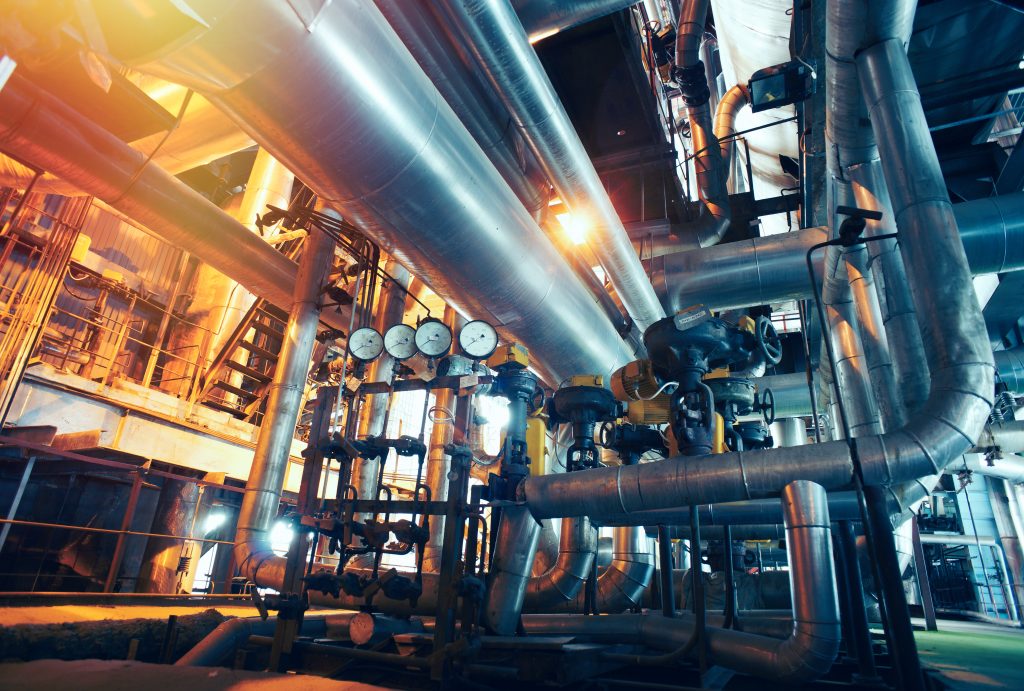
3. Remove moisture from the system, using dry compressed air or other suitable means.
4. Fill the system with heat transfer fluid.
Fill the system with heat transfer fluid, with all vents to the expansion tank or atmosphere open for air removal. Fill the expansion tank to low level. Where needed (in low temperature environment), have the steam tracing system switched on.
Open all valves, then start the main circulating pump in accordance with the manufacturer’s recommendations. Observe the liquid level in the expansion tank, refilling as necessary until the system has been filled. The expansion tank should be adjusted to 70%–75% full when the hot operating temperature is reached.
Suggested start-up procedure for new systems circulate the heat transfer fluid through the system for about 4 hours to eliminate air pockets and to assure complete system fill. Before firing the heater, be sure that the heat transfer fluid is circulating freely through the entire system.
5. Start the heater. Bring the system up to temperature very slowly—about 35°C per hour. This should prevent thermal shock to heater tubes, tube/heater joints, refractory materials, etc., and will allow operators to check the functioning of instruments and controls. The slow heat-up also will allow moisture trapped in all sections of the system to escape as a vapor.Hold the temperature above 100°C until no signs of moisture remain (e.g., knocking or rattling of pipes, moisture from vents, etc.).

